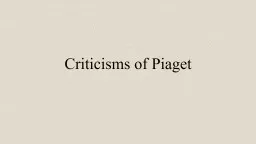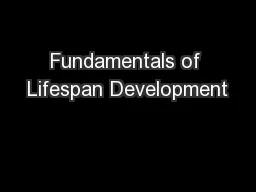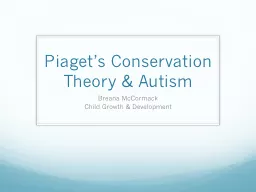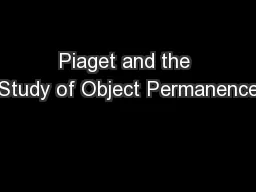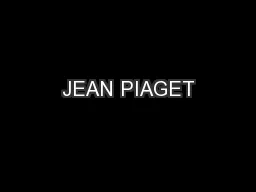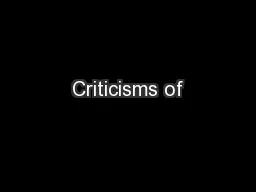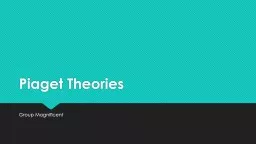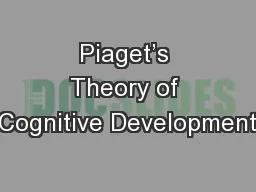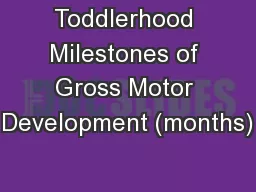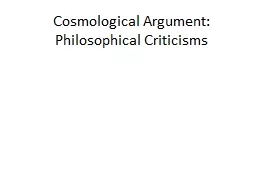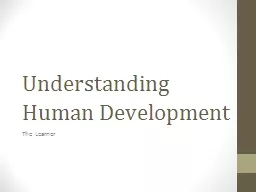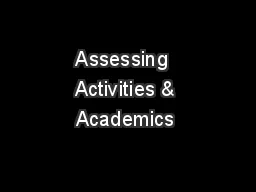PPT-Criticisms of Piaget Assessing Piaget’s Theory
Author : yoshiko-marsland | Published Date : 2018-03-19
Scientific research has supported Piagets most fundamental idea that infants young children and older children use distinct cognitive abilities to construct their
Presentation Embed Code
Download Presentation
Download Presentation The PPT/PDF document "Criticisms of Piaget Assessing Piaget’..." is the property of its rightful owner. Permission is granted to download and print the materials on this website for personal, non-commercial use only, and to display it on your personal computer provided you do not modify the materials and that you retain all copyright notices contained in the materials. By downloading content from our website, you accept the terms of this agreement.
Criticisms of Piaget Assessing Piaget’s Theory: Transcript
Download Rules Of Document
"Criticisms of Piaget Assessing Piaget’s Theory"The content belongs to its owner. You may download and print it for personal use, without modification, and keep all copyright notices. By downloading, you agree to these terms.
Related Documents

